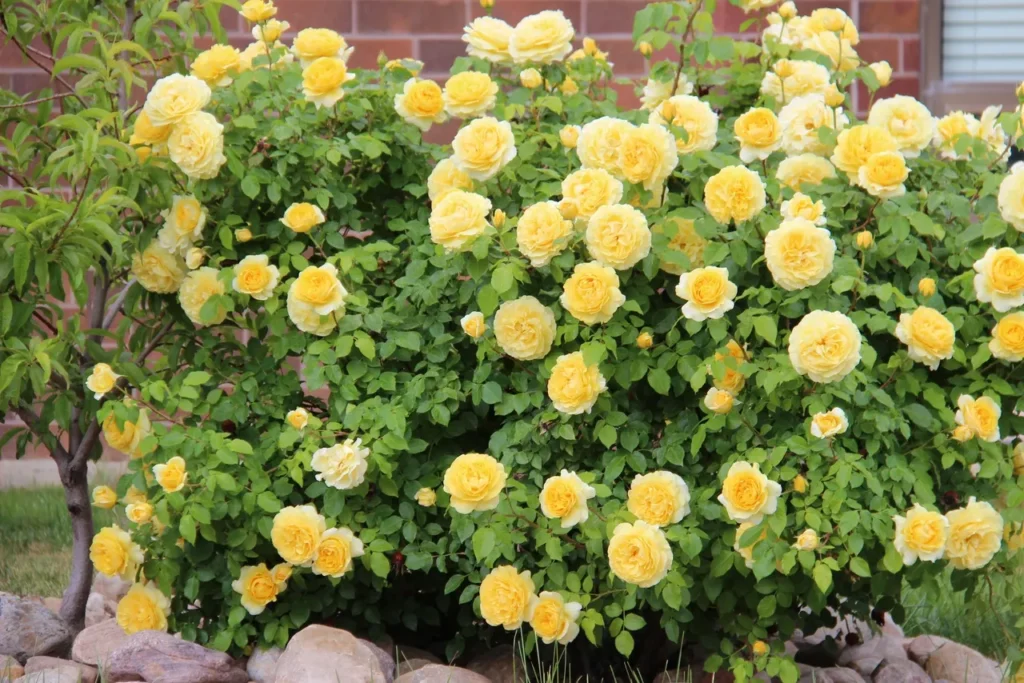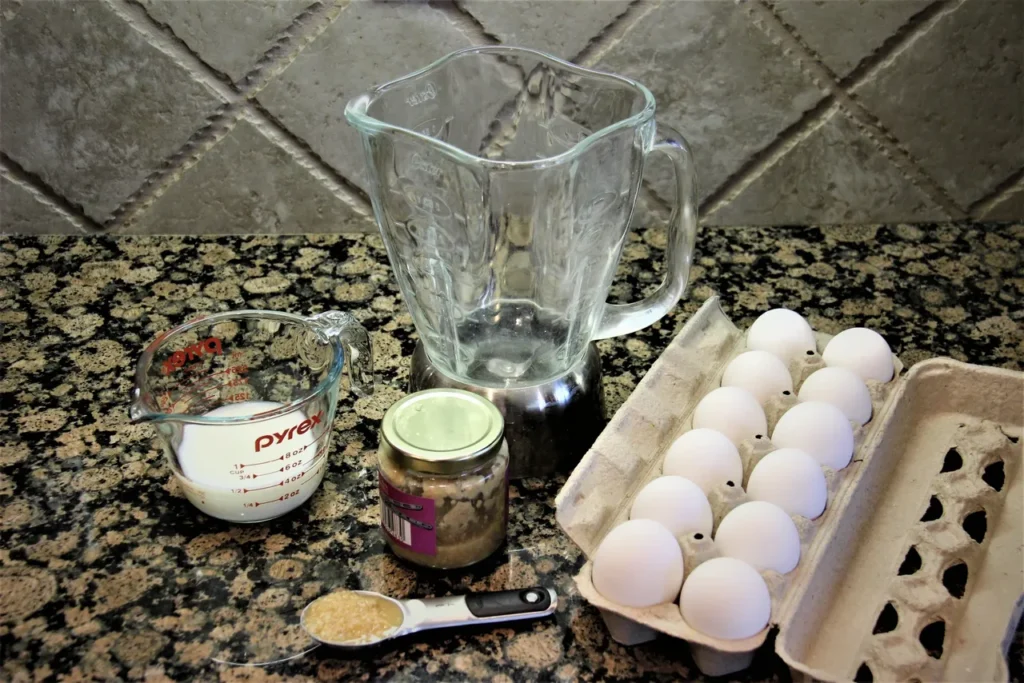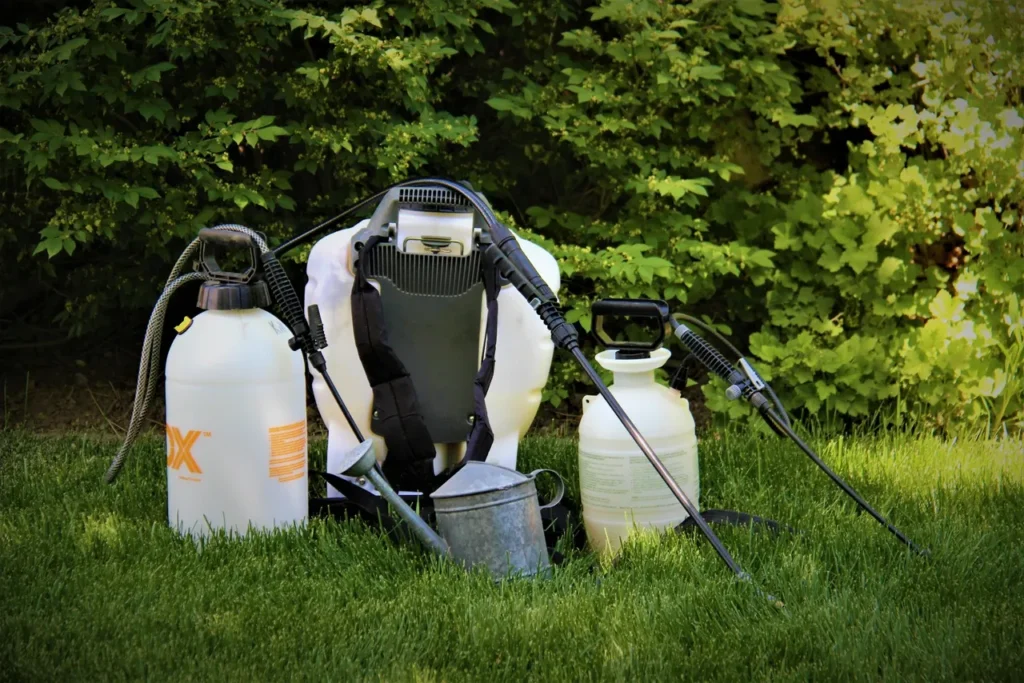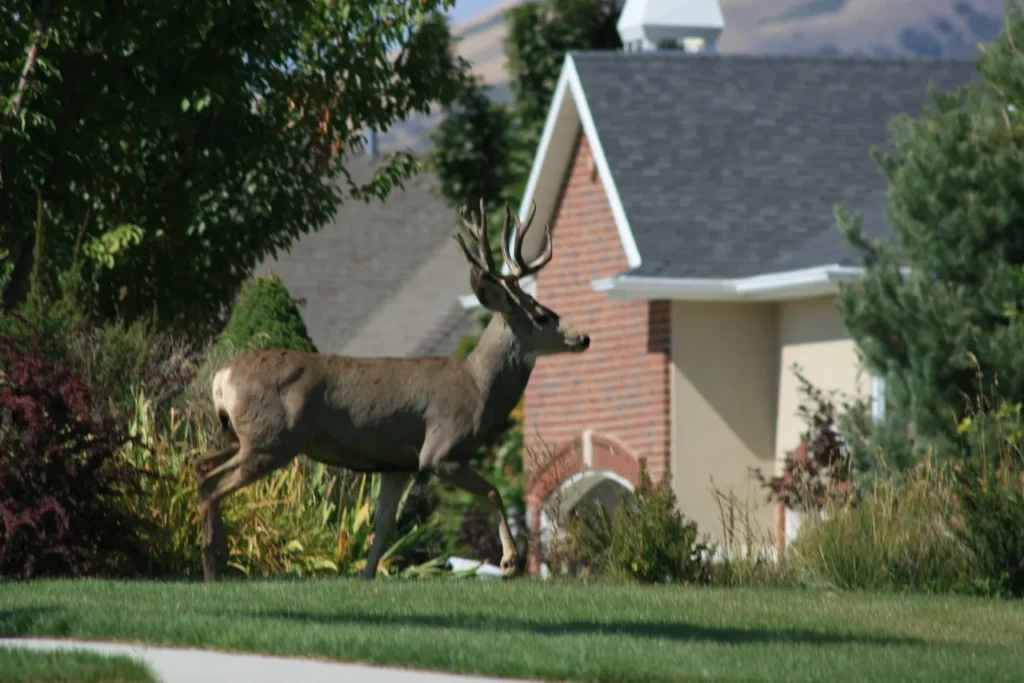How To Stop Deer From Eating Plants, Tomato, Hosta, Roses, & More
Urban deer love the delicious plants in our yards, that we supply for them to eat, and they go from yard to yard, eating all that they want at the peril of our beautiful landscaping’s. And once they have found a tasty meal, they will be back again and again to eat more foliage, many times eating those plants right to the ground. Deer are beautiful animals, a true joy to watch, that is unless you are watching them devour your beautiful flower garden. There is a way that you can enjoy these beautiful animals, and keep them from eating those plants and flowers that you also love so much.
The best way to stop deer from eating your plants without adding fencing around those plants is a good deer repellent

A good deer repellent used properly and often will deter deer from eating your plants. Because each deer is different and they have a mind of their own, you may receive minor browsing of a bite here or there once in a while, but repellent should prevent major damage to your plants. Deer repellent should be re-applied after major rainfall, or if your sprinklers spray these plants with water often. Spraying repellent every other week works well for me, however, I do sometimes spray fast-growing plants like. tulips, roses, and grape vines more often, to make sure I keep the repellent fresh and keep the deer away.
There are many options for obtaining and using deer repellents?

Deer repellent may be purchased online or at your local Home Depot or other garden store. It can be purchased as a ready-to-use spray or as a concentrate that you mix yourself. You can also make up your own homemade deer repellent using one of the many different recipes available online. I have used store-bought repellents but found they are usually mixed quite weak in the active ingredients, many at less than 1.5%, so I mix up my own homemade deer repellent, which I spray at over 6% of the active ingredient, which is mainly eggs and garlic. I have added many other things to my repellents over the years, like essential oils and hot sauce, but just plain eggs and garlic works well. I have a recipe on my other blog post that can be found here https://mydeerstop.com You may also have companies in your area that provide a deer repellent service, and will spray this deer repellent on your yard on a regular schedule, sometimes for not much more than if you were to do it yourself.
Deer repellent can be applied using different methods

Repellents may be applied in many different ways. I use a pump-up backpack sprayer for spraying the repellent on my garden plants that I don’t want eaten. I spray all the plants in my garden and have found this works best, (even the ones the deer don’t usually eat), this maximizes the smell and helps to keep the deer away. For smaller areas, you could use a watering can to apply the repellent, but it will be harder controlling how much repellent is applied, so you will generally use more, you could also use a small spray bottle. I recommend spraying every other week, but spraying every three or four weeks, may work for you, depending on your deer problem, but remember the more often you spray, the more effective it is.
Does the deer repellent smell bad?

Deer repellents usually smell the worst after they are first applied and when the spray is still wet. After the spray dries, it is not real noticeable to humans, but deer have a keen sense of smell so they don’t like it and will avoid the area. Some commercially made repellents smell worse than others, if you make your own homemade deer repellent, you may add essential oils which will make the repellent better smelling and more deterrent for the deer.
Leave a Comment